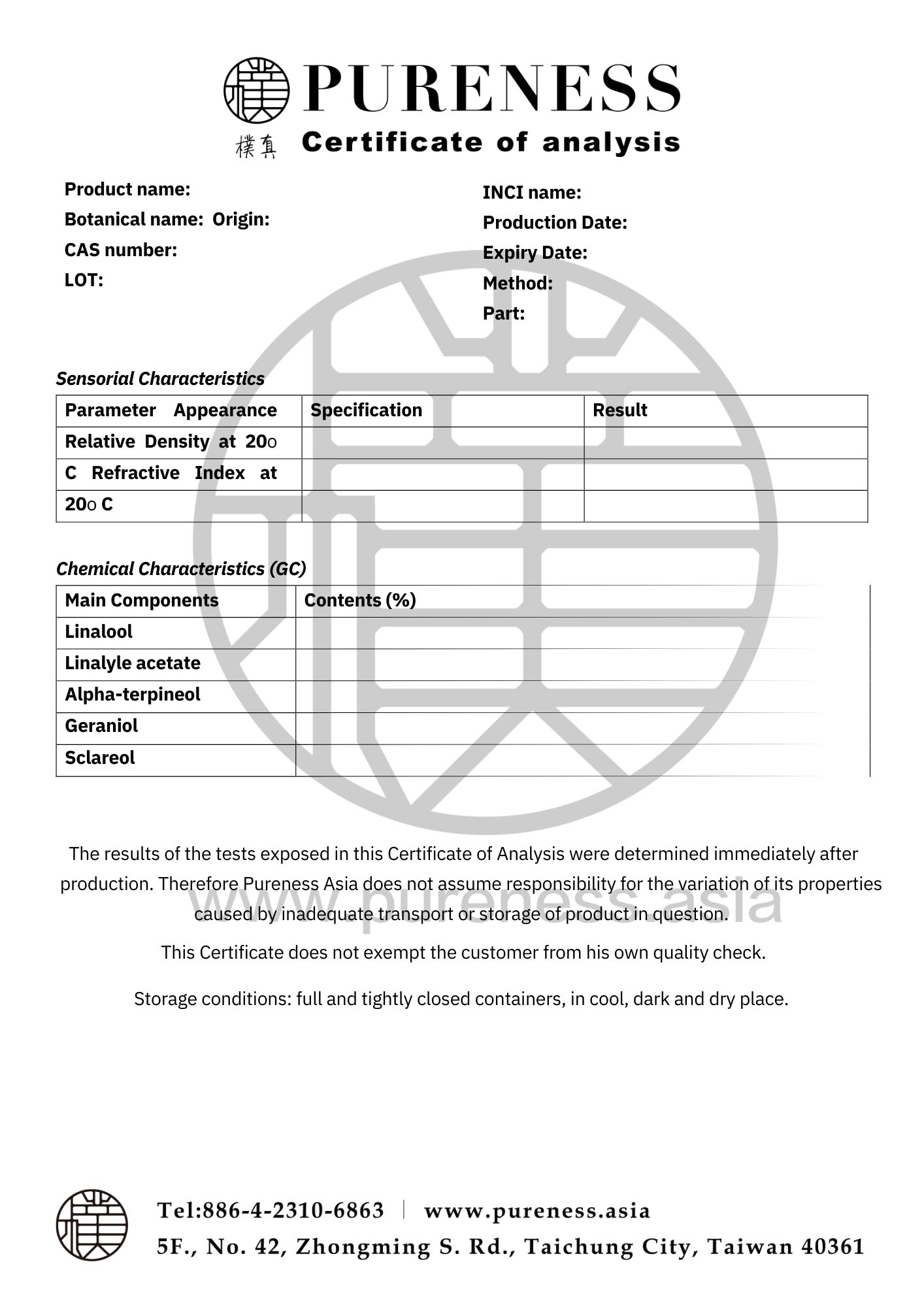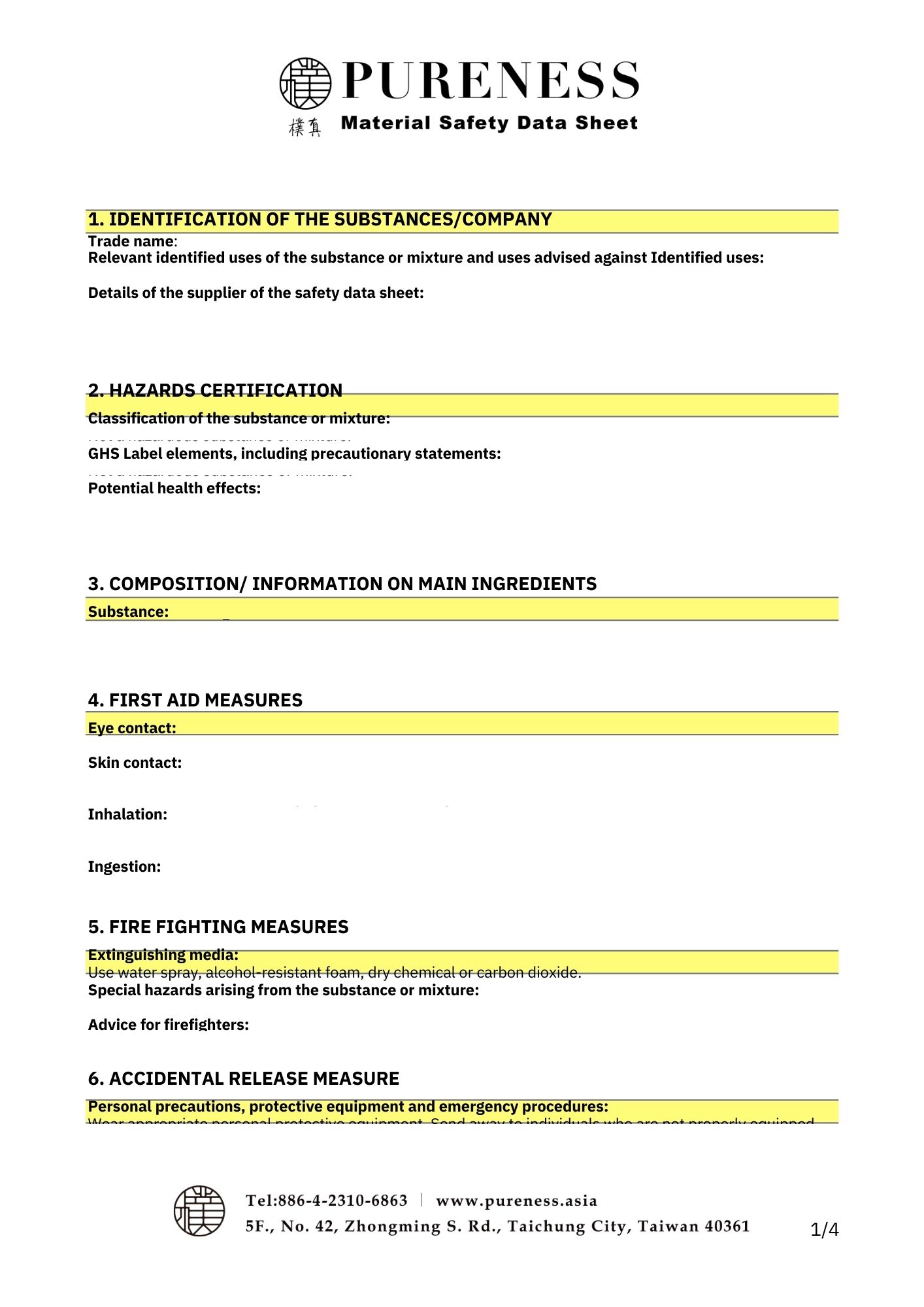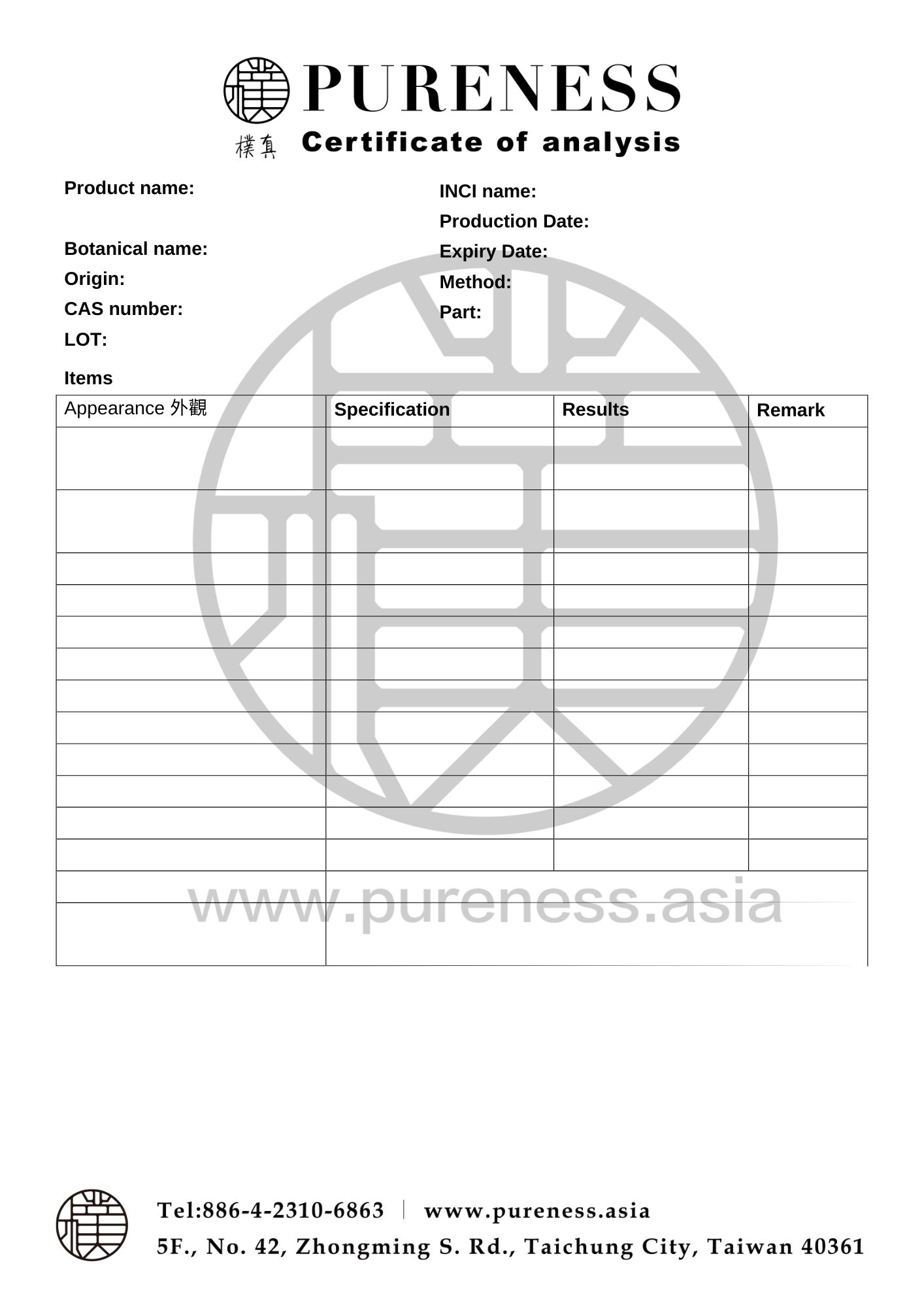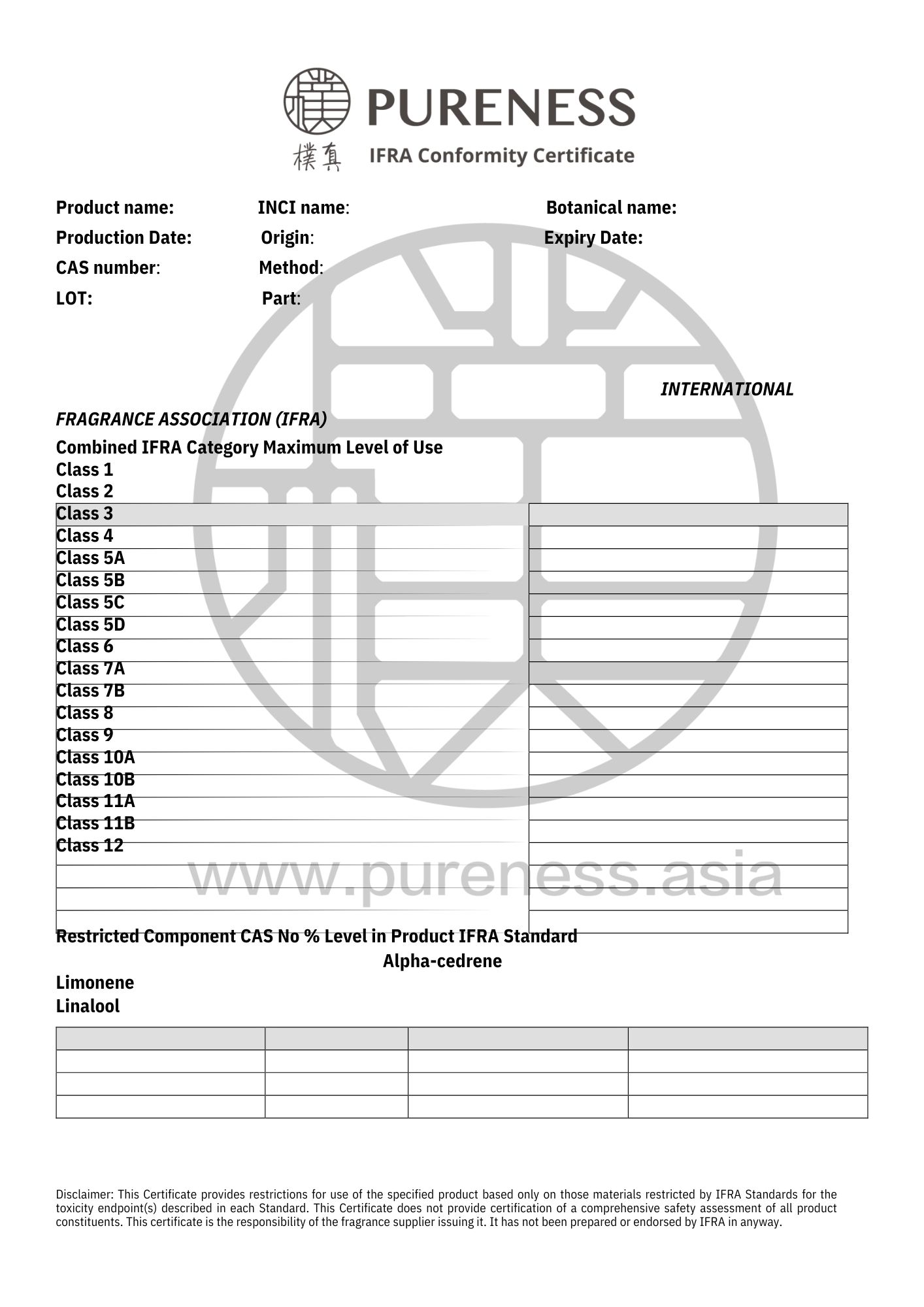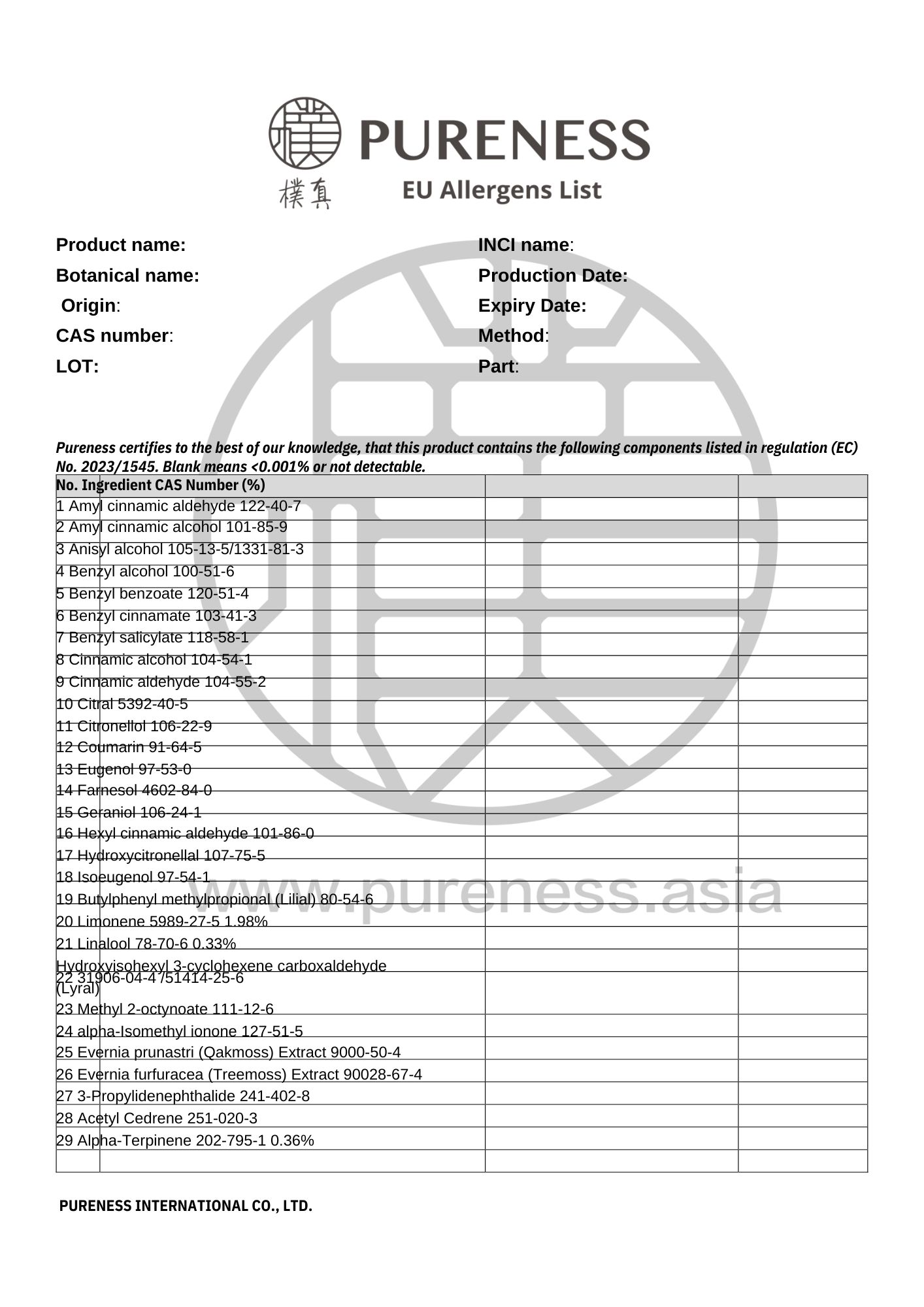
다마스크로즈(Damask Rose)
학명| Rosa damascene
원산지|불가리아
원료분류|플라워 시리즈
용량 |500g-25kg 드럼통(KG) 대형포장 도매
자세한 내용은 문의바랍니다
추출부위|꽃잎
추출방식|수증기 증류법
과명|장미과 장미속
식물향기|상큼하고 부드러운 꽃향
▎에센셜 오일 소개
다마스크로즈 (Rosa damascene)는 신앙, 순결, 사랑과 아름다움의 대표로 비유되며 이란인들은 로즈를"선지자의 꽃"이라고 부르기도 합니다. 다마스크로즈는 페르시안 로즈, 돌궐로즈라고도 하며 페르시아 (현재의 이란)에서 처음 발원해 시리아가 원산지이기 때문에 현지 수도이름으로 명명된것입니다.
이후 십자군이 동정할때 이 품종의 로즈를 유럽으로 가져왔고 다마스쿠스는 이 로즈의 집산지가 돼 다마스크로즈로 개명했습니다.
다마스크로즈는 세계가 공인하는 하이 콜리티 로즈품종이기도 합니다. 순수하고 섬세한 꽃향기는 압도적인 흡인력이 있어서 향료 로즈중의 상등품이기에 로즈 에센셜 오일과 로즈 하이드로졸용으로 널리 재배되고 있습니다. 다마스크로즈 하이드로졸은 물에 용해되며 수분을 보충하고 가려움을 멎게 하며 노화를 늦추는 등의 작용을 합니다.
현재 가장 좋은 품질의 다마스크로즈 산지는 불가리아의 로즈 골짜기로 불리는 카잔루크 (Kazanlak) 이며 매년 5~6월의 수확 계절에는 전 세계 여행객들이 다마스크로즈의 매혹적인 자태를 보고싶어 순례하러 가기도 합니다.
▎성분분석
|주요성분: 모노테르펜알코올
로즈의 흔한 주성분은 시트로넬롤 Citronellol(24.47-42.97%), 노나데칸Nonadecane (6.44-18.95%), 제라니올 Geraniol (2.11-18.04%), 에탄올 Ethanol (0.00-13.43%), 헤네이코산Heneicosane (2.28-8.90%), 네롤 Nerol (0.75-7.57%), 노나데센1‐ nonadecene (1.80-5.40%), 리나룰 (0.7–2.8%), 페닐에틸 알코올Phenylethyl alcohol(1.2-1.9%)인데 로즈에 함유된 두 가지 큰 주성분은 각각 시트로넬롤과 제라니올입니다.
|성분 1: 시트로넬롤(Citronellol)
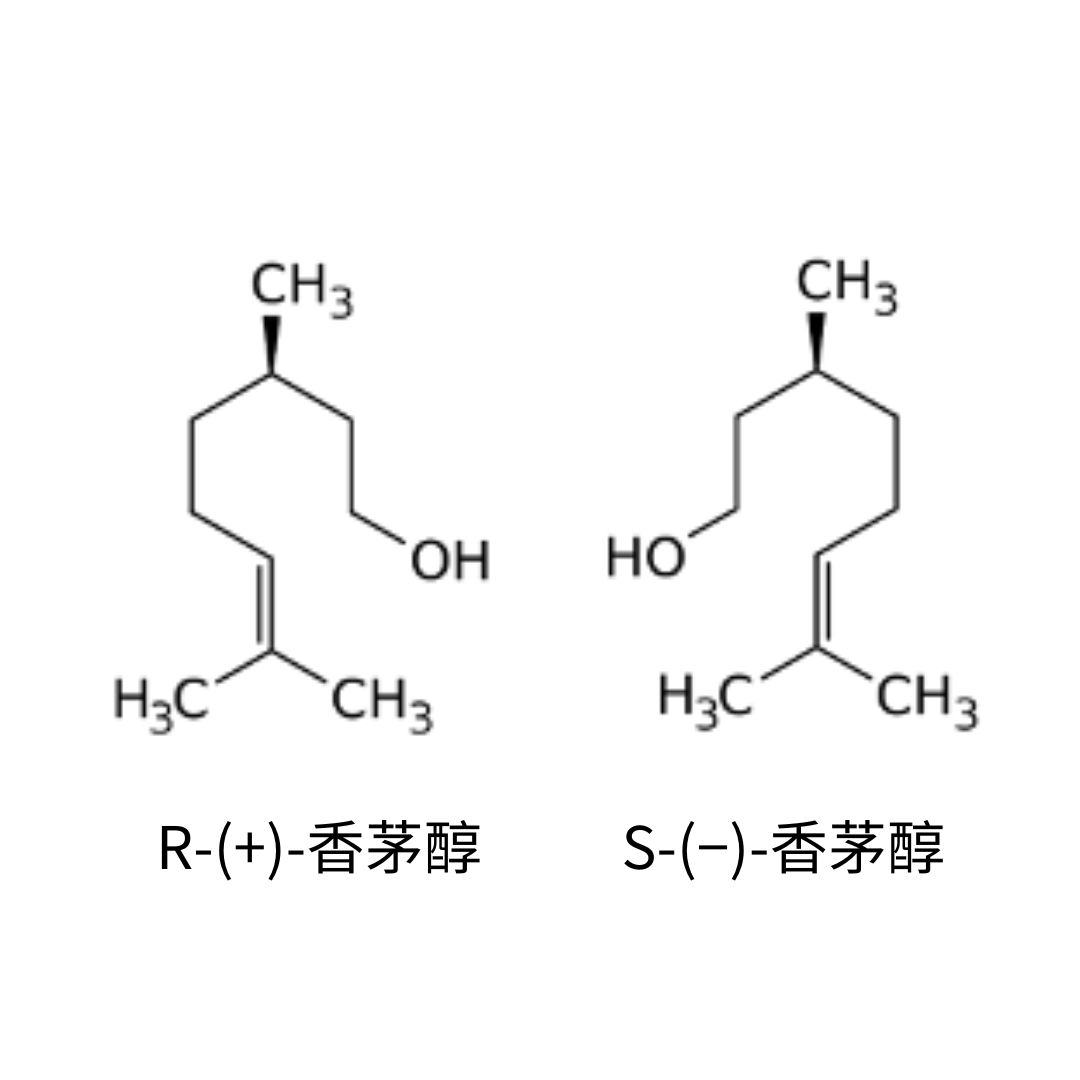
▸ 천연 물질에는 두가지 스테레오방향, 즉 시트로넬롤 에센셜 오일에 주로 존재하는 R - (+) - 시트로넬롤과 장미속 및 쥐손이풀과에 속하는 식물에 존재하는 S - (-) - 시트로넬롤이 있습니다.
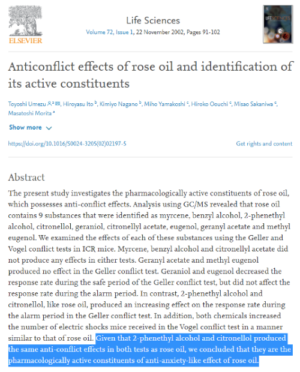
▸ 시트로넬롤은 신경계통, 진균, 백색 염주균, 크립토코커스에 대한 효과에 대해 연구되었습니다.
|성분 2: 제라니올(Geraniol)
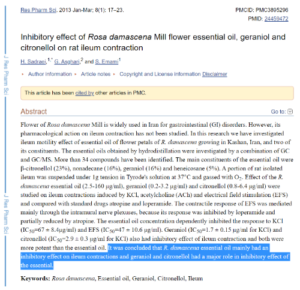
▸ 제라니올이 위장 기능, 복통에 주는 영향에 관한 연구가 있습니다.
|성분 3: 네롤(Nerol)
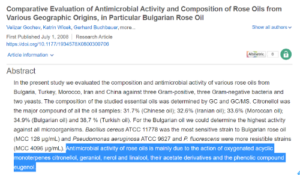
▸ 네롤과 균의 활성분자와의 관련성에 관한 연구가 있습니다.
|성분 4: 페닐에틸 알코올(Phenylethyl alcohol)
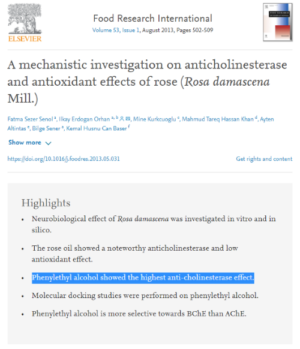
▸아세틸콜린에스테라아제(AChE)와 부틸콜린에스테라아제(BChE) 및 DPPH 항산화작용에 관한 연구가 있습니다.
|원료인증
관련 인증 자료를 받으려면 공식 LINE@에 가입하기를 눌러주세요
▎
참고문헌
- J. Hoare, 英國IFA芳香療法聖經, 新北市: 大樹林出版社, 2015.
- Boskabady, Mohammad Hossein, et al., "Pharmacological Effects of Rosa Damascena," Iranian journal of basic medical sciences, vol. 4, no. 14, p. 295, 2011.
- Basim, E., and H. Basim., "Antibacterial activity of Rosa damascena essential oil," Fitoterapia, vol. 4, no. 74, pp. 394-396, 2003.
- A. Bayrak and A. Akgül, "Volatile oil composition of Turkish rose (Rosa damascena).," Journal of the Science of Food and Agriculture, vol. 4, no. 64, pp. 441-448, 1994.
- Verma, Ram Swaroop, et al., "Volatile constituents of essential oil and rose water of damask rose (Rosa damascena Mill.) cultivars from North Indian hills," Natural product research,vol. 17, no. 25, pp. 1577-1584, 2011.
- Baser, K. H. C., M. Kurkcuoglu, and T. Ozek.,"Turkish Rose Oil Research Recent results.," Perfumer and Flavorist, vol. 2, no. 28, pp. 34-43, 2003.
- Katsukawa, Michiko, et al., "Citronellol and geraniol, components of rose oil, activate peroxisome proliferator-activated receptor α and γ and suppress cyclooxygenase-2 expression.," Bioscience, biotechnology, and biochemistry, vol. 5, no. 75, pp. 1010-1012, 2011.
- J. Lawless, The Illustrated Encyclopedia of Essential Oils., 1995.
- Umezu, Toyoshi, et al., "Anticonflict effects of rose oil and identification of its active constituents.," Life sciences, vol.1, no. 72, pp. 91-102, 2002.
- Sadraei, H., G. Asghari, and S. Emami., "Inhibitory effect of Rosa damascena Mill flower essential oil, geraniol and citronellol on rat ileum contraction.," Research in Pharmaceutical Sciences, vol. 1, no. 8, p. 17, 2013.
- Gochev, Velizar, et al., "Comparative evaluation of antimicrobial activity and composition of rose oils from various geographic origins, in particular Bulgarian rose oil.," Natural Product Communications, vol. 7, no. 3, p. 1934578X0800300706, 2008.
- T. H. C. e. a. Marques, "Evaluation of the neuropharmacological properties of nerol in mice.".2013.
- Senol, Fatma Sezer, et al., "A mechanistic investigation on anticholinesterase and antioxidant effects of rose (Rosa damascena Mill.)," Food research international, vol. 1, no. 53, pp. 502-509, 2013.
- Halawani, Eman M., "Antimicrobial activity of Rosa damascena petals extracts and chemical composition by gas chromatography-mass spectrometry (GC/MS) analysis.," AfricanJournal of Microbiology Research, vol. 24, no. 8, pp. 2359-2367, 2014.
|일부 이미지 출처는 인터넷이며, 저작권 침해 시 연락 주시면 삭제하겠습니다|
